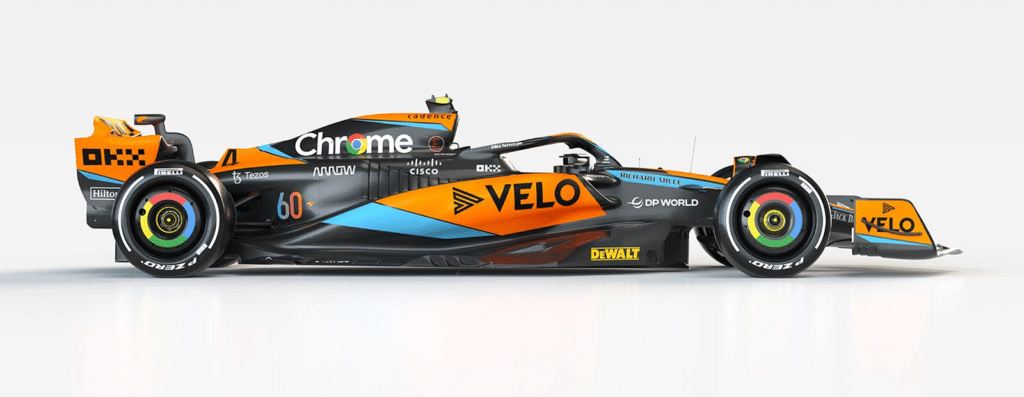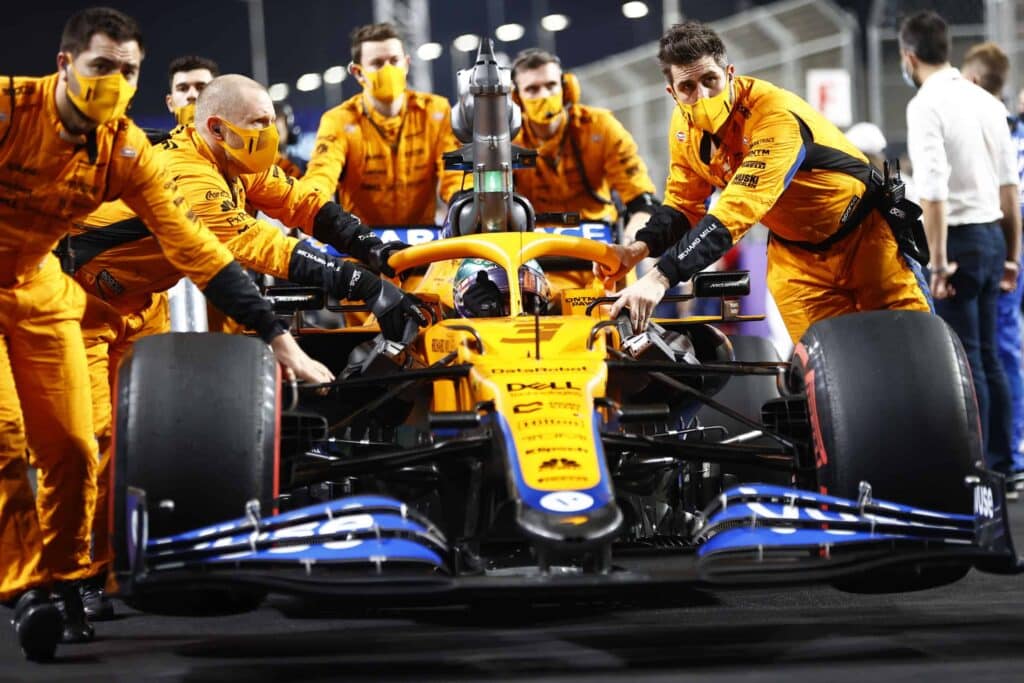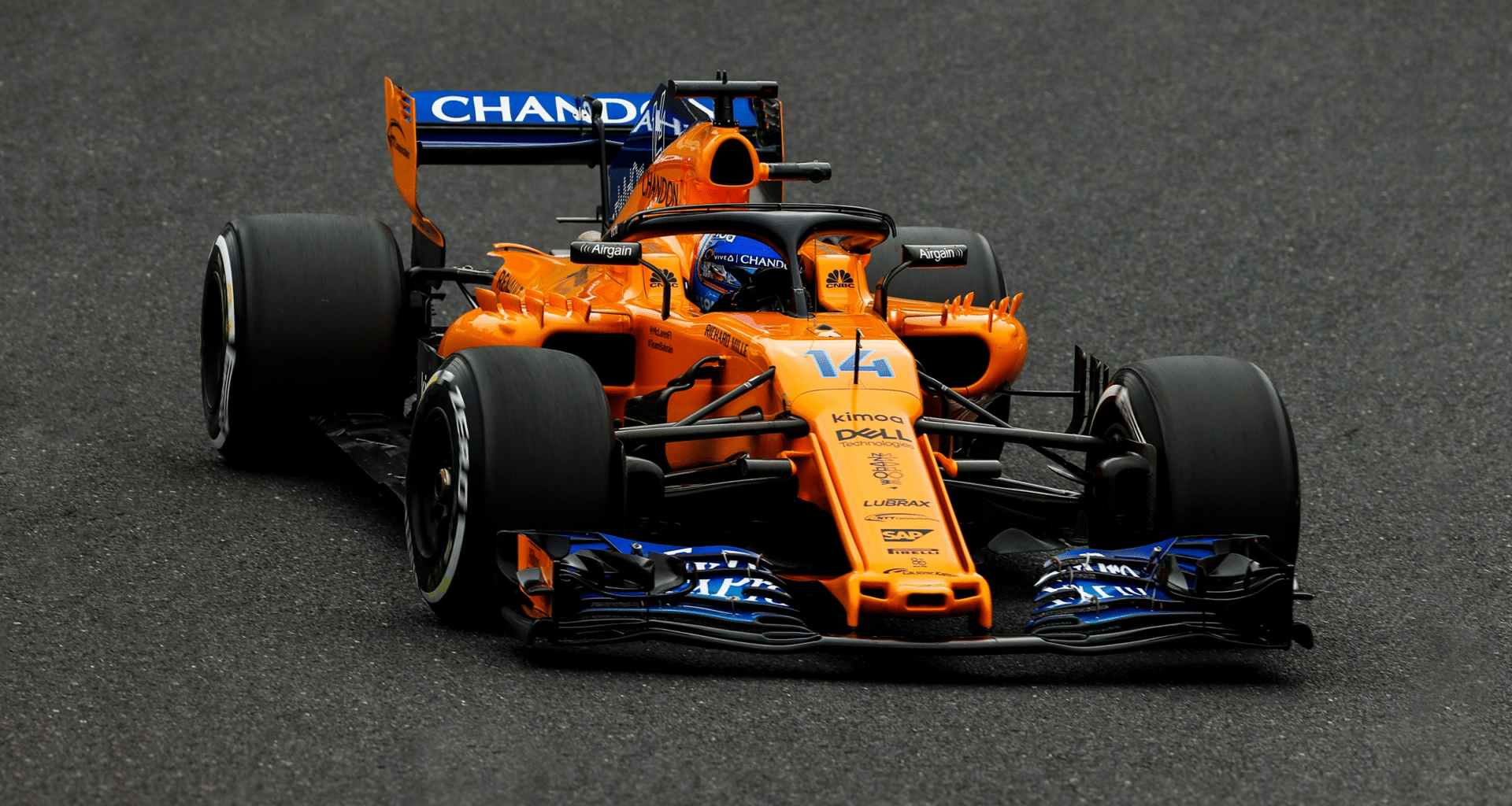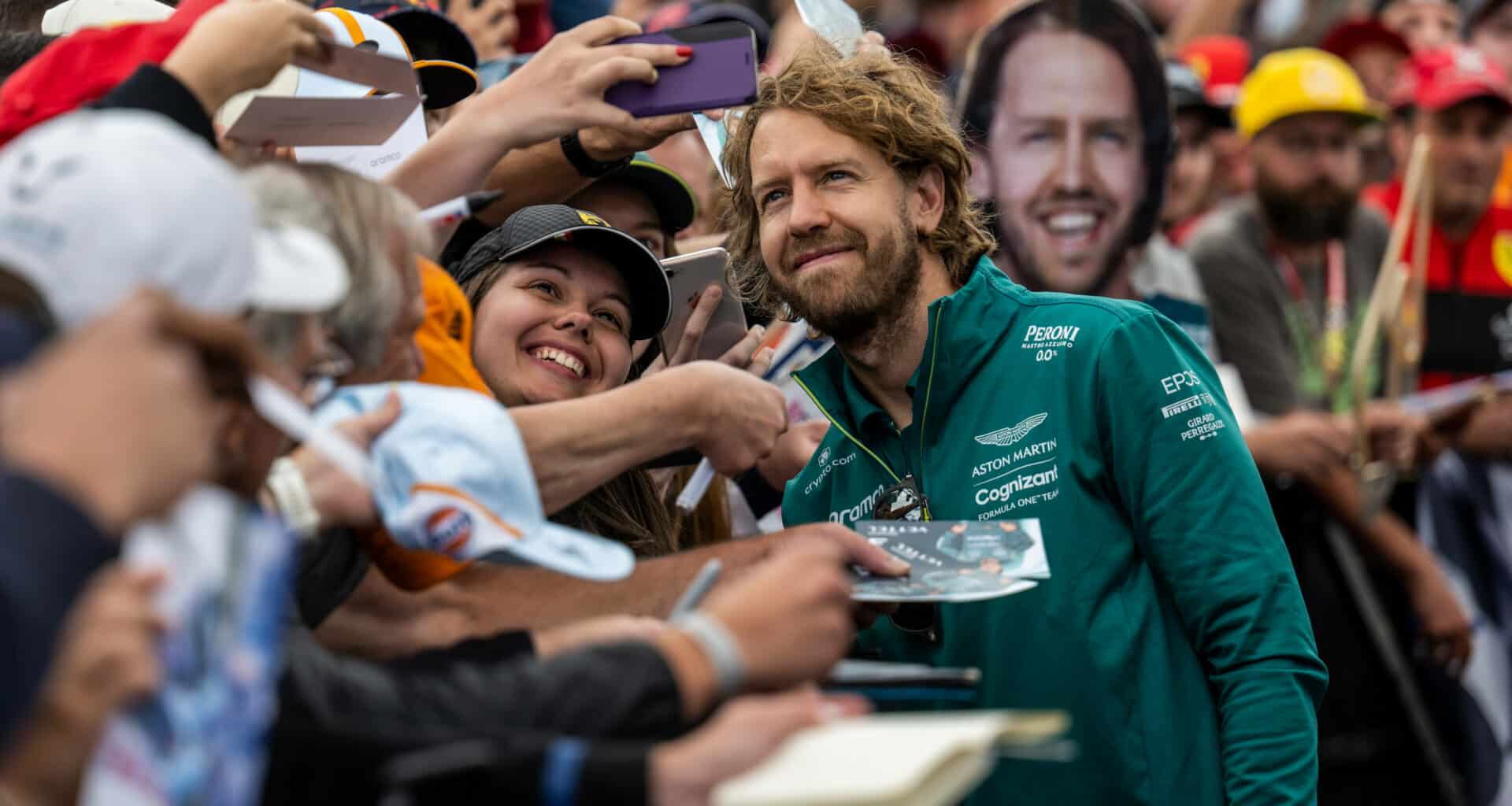Racing in Formula 1 has always been a high-octane display of dexterity, accuracy, and invention.
It’s no secret that businesses shell out millions of dollars annually to sponsor Formula One teams in an effort to get recognition and share in the thrill.
Yet, how much does it actually cost to support a Formula 1 team, and what are the advantages of doing so?
The ins and outs of F1 sponsorship, including the cost-determining variables, various sponsorship options, and the potential returns on investment for businesses, will be covered in this blog.
Table of Contents
- 1 Factors contributing to the cost of F1 sponsorship
- 2 Sponsorship packages available in Formula 1
- 3 Direct and indirect costs associated with F1 sponsorship
- 4 Why do companies spend millions on Formula 1 sponsorship?
- 5 The ROI of investing in Formula 1 sponsorship
- 6 How to identify the ideal Formula 1 sponsorship opportunity
- 7 Cases of successful F1 sponsor partnerships
- 8 Evaluating the value and potential benefits of F1 sponsorship investments
Factors contributing to the cost of F1 sponsorship
Several factors affect how much it costs to sponsor an F1 team.
The performance and track record of the squad come first and foremost when determining the sponsorship asking price.
Teams like Ferrari and Red Bull, who have won numerous Grand Prix races and championships, demand more sponsorship costs than teams with less racing experience.
The length of the sponsorship agreement, the precise rights and perks provided, and the level of visibility a sponsor might anticipate are additional factors that affect the overall cost.
Because to the restricted availability of F1 teams and races each season, which makes these high-profile sponsorship possibilities extremely sought-after by big businesses, supply and demand also influences the cost of sponsorship.
Sponsorship packages available in Formula 1

With each sponsorship package catered to a different amount of investment and business goals, Formula 1 teams offer a variety of sponsorship opportunities.
The following are examples of the most typical F1 sponsorship packages:
- Title sponsorship: This grants the company naming rights to the team and top brand exposure on team cars, drivers’ suits, and other team assets. Title sponsorships are the most expensive option and usually cost millions of dollars per year.
- Major sponsorship: While not granting naming rights, major sponsors enjoy significant brand exposure on cars and other team assets. Companies can expect to pay multi-million dollars per year for this level of F1 sponsorship.
- Minor sponsorship: These sponsors receive logo placements on team cars and drivers’ suits, but with less prominent positioning compared to title and major sponsors.
- Technical partnerships: Companies provide teams with specialized products (e.g., tires, fuel, or automotive components) and services (e.g., data analysis or technical consulting) in exchange for exposure on team assets.
Direct and indirect costs associated with F1 sponsorship
Companies must take into account other expenses associated with their Formula 1 sponsorship agreements in addition to the sponsorship price itself.
The creation and use of branded assets (such as decals, uniforms, and marketing materials), activation and promotion activities, and special hospitality or VIP access to competitions for clients and other significant stakeholders are all examples of direct costs.
The management of sponsorship relationships, as well as any other marketing efforts conducted in conjunction with the sponsorship campaign, may require allocating personnel and resources.
Why do companies spend millions on Formula 1 sponsorship?
Formula 1 is a worldwide sport with a storied past that draws millions of ardent followers from all over the world, giving it a great platform for businesses wishing to expand the reach and recognition of their brands.
Businesses invest in F1 sponsorships for a variety of reasons, including to expand their brand’s visibility, align their company with the sport’s principles of innovation, accuracy, and performance, and gain access to unique networking and business development opportunities.
Providing one-of-a-kind, once-in-a-lifetime experiences to customers, staff members, and other stakeholders through Formula 1 sponsorship also helps businesses build customer loyalty and satisfaction.
The ROI of investing in Formula 1 sponsorship
Although calculating the return on investment (ROI) of Formula 1 sponsorships isn’t always simple, many businesses have found value in making these costly commitments.
Formula 1 races are held all over the world, which can result in tremendous brand exposure through traditional media coverage as well as digital platforms like social media and live streaming.
Businesses can frequently use their F1 agreements for cross-promotional and marketing initiatives, creating more chances to interact with customers and clients.
In the end, the original goals established by the investment firm and the level of commitment in leveraging the partnership will have a significant impact on the ROI of Formula 1 sponsorship partnerships.
How to identify the ideal Formula 1 sponsorship opportunity
The company’s goals, target market, and budget will all be important considerations when looking for the ideal Formula 1 sponsorship opportunity.
To find potential synergies, it’s critical to conduct thorough study on various teams, their results, and their current sponsorship portfolio.
Do the team’s beliefs and image coincide with those of your brand, should businesses ask?
Can you use particular team resources or drivers to have access to more promotional opportunities?
What possible exposure and reach are provided?
Companies may choose the best Formula 1 sponsorship opportunity for their purposes with more assurance by answering these questions and carefully weighing the whole investment.

Cases of successful F1 sponsor partnerships
Many F1 sponsorships have been very successful, forging long-lasting symbiotic bonds between organizations and teams.
Examples that stand out include:
- Ferrari and Marlboro: Marlboro’s iconic red and white logo adorned Ferrari cars for over two decades, making it one of the most recognized partnerships in Formula 1 history.
- Red Bull Racing and Aston Martin: Both firms have benefited greatly from the collaboration in terms of exposure and marketing opportunities. To commemorate the relationship, Aston Martin even released a special Vantage model called the “Red Bull Racing Edition.”
Evaluating the value and potential benefits of F1 sponsorship investments
The cost of F1 sponsorship varies significantly based on a number of variables, including team performance, package type, and length of the agreement.
While such investments may be large, businesses may also reap sizable benefits in the form of brand recognition, consumer loyalty, and unique commercial opportunities.
To maximize return on investment from these high-octane sponsorship partnerships, careful research, strategic planning, and effective activation are essential.




